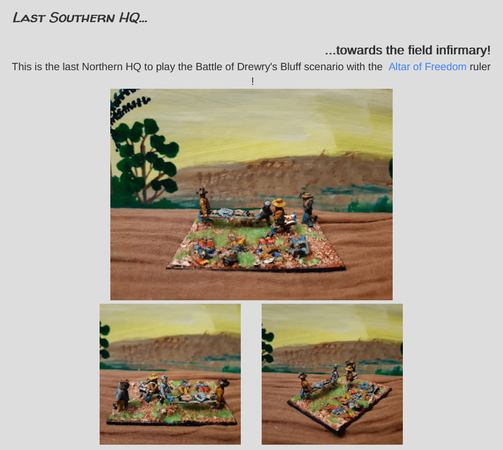Clean Up
After removing the model from the package, I washed the hull and the guns in warm soapy water to remove any lingering mold release. Rinsing them in cold water, I set them aside to dry.

Examining the hull, there was some minor filing to perform before painting could begin. There was a bit of flash located on the port broadside behind the bowsprit, a mold line that continued down the port side of the model, and a minor bit of flash of the aft deck rail. All of these were quickly removed with a combination of sharp knife (in my case, a utility razor) and a flat file.
Construction
My first step with the model is to base it. I do my basing first, as it makes the model easier to handle - a plus when working with a casting as small as the Mortar Schooner. My standard basing material is Evergreen sheet styrene. (I generally use whatever I have laying around the desk.) In this case, I cut the base about a ¼" wider and longer to accommodate the model.

Attaching the model to the base is done using Woodland Scenics Flex Paste. Designed for model railroad terrain, Flex Paste lives up to its name, being a paste that dries in a very flexible layer. I trowel on a layer using a Popsicle stick, adding lines to represent waves and wakes using the same stick or a plastic fork. Lastly, I press the hull of the vessel into the paste. As the paste dries, it serves as an adhesive that bonds the casting to the base. At the same time, the paste provides the texture of the water and provides a sense of the surrounding environment.

Once the Flex Paste has dried, I add the bowsprit boom. I cut a 19mm length of 3/64" Evergreen styrene rod. Using a flat file, I sharpen one end of the rod to a rounded point. Next, I apply a thin layer of CA glue to the bow beam, and attach the styrene rod so that it extends out from the hull.

Next, I had to create the masts. For smaller 1/600 vessels, I use 1/16" styrene rod. The first step is to take a pin vise with a 1/16" bit and bore out the pilot holes found on the deck for the masts. I drill straight through the deck, knowing that I'll anchor the mast against the plastic of the base.
As it's a mortar schooner, it's most likely to see action tied up to the river bank, or anchored just offshore. Regardless, when in action the schooner will certainly not have its sails up, and may even have the foremast jib boom removed so the mortar has a clear field of fire.
I chose to model this kit as it would appear 'cleared for action', so all I really need to model are the masts and the boom of the aftmast. The masts are constructed by cutting four lengths of 3/64" styrene rod. Two lengths are cut to be 30mm and two are 15mm in length. A 30mm part is paired with a 15mm part. The two rods should overlap by 5mm. I glue these together using ABS styrene glue.

Once the joint has dried, use the file to shape the end of the 15mm mast to a point. The foremast is complete and can be glued to the hull using CA superglue. The aftermast will need a boom attached. Insert the mast into the hull, and mark a spot that allows a rod to barely clear the deckhouse. The boom is a 19mm length of 3/64" styrene rod. Use the ABS cement to attach the boom on the side of the mainmast opposite the uppermast. Once the ABS cement had set, I glued the aftermast to the hull with the boom pointing aft over the deckhouse.
Rigging
Let me be clear about this from the start: I hate rigging. I really dislike rigging. It's artistically pretty, but it's the element of the model most likely to break when being used on the table. If it breaks while on the table, I have to spend more time repairing the damage.
Having said that, the ship must be rigged. At a minimum, the standing rigging has to be included. Fortunately, given how rigging clutters up the decks, it can be put off until the last steps in the building process.







